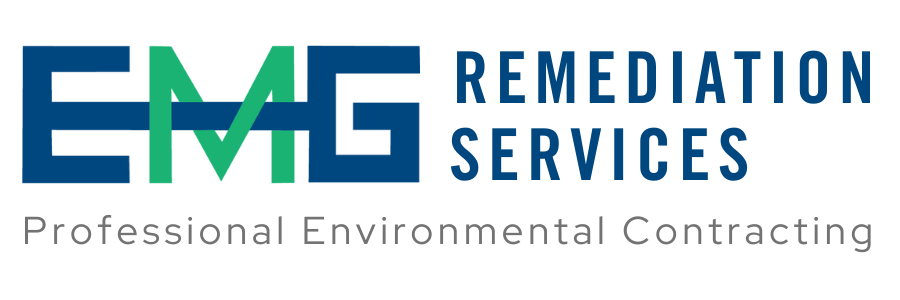Not sure if a property is clean or contaminated? Yet, you still need to plan, budget, and make decisions. You need dependable data to make the best possible decisions. Soil sampling and groundwater testing can provide that data.
EMG provides the reliable sampling and accurate interpretation to clarify your choices. EMG specializes in limited-access areas including basements and building interiors. Serving Pennsylvania, New Jersey, and Delaware since 1989.
Underground Storage Tank Testing
Safe-Fill Testing and Certification
Surface Spill Delineation
Site Characterization and Delineation
Shallow Groundwater Well Installation
Photoionization Detector (PID) Evaluation
Summary Reports
Underground Storage Tank Testing
Using jack-hammer driven, Geoprobe® equipment, our environmental technicians drive sample tubes at prescribed distances to various depths from a suspect Underground Storage Tank (UST). Onsite Photoionization Detector (PID) readings provide instant feedback to help guide sampling strategy for accurate site characterization.
The collected soil layer samples are then recorded, packaged, and shipped for analysis. In a certified laboratory, the samples are analyzed for specific chemical compounds associated the stored material. Standard results are available in seven to ten business days. Lab results are interpreted and then evaluated for compliance with state standards to determine:
Need for remediation
Extent of contamination
Soil chemical composition
As often required for real-estate transactions, refinancing, and insurance policies, soil sampling results can also provide documented evidence of a “clean site” and demonstrate that an underground tank is still operational and tight.
“Safe-Fill” Soil Sampling
As required by the PaDEP, soil used from one site as backfill on another site must be certified as “Safe-Fill” PA Safe-Fill Soil Sampling criteria dictates the standard protocol and required analysis to determine the type and number of samples required to fulfill this certification.
Surface Spill Delineation
Delineation includes identification of the point source, the spill material, level of contamination and extent of contamination. This includes spills on a ground, slab, or fluid surface with any discharge, stain or visible material associated with a point source such as an above ground tank, fill pipe, sump pump, discharge pipe, drum, or container.
Site Characterization and Delineation
Site Characterization and Delineation qualify and quantify suspect contamination at a property. A site characterization is typically directed when a property has suspect contamination and uncertainty about what, where, and how much contamination is present. Delineation typically includes:
A site history
Identification of the contamination source
Qualification of chemical compounds present
Mediums involved in the contamination such as structures, soil and/or ground water
Degree of contamination
Extent of contamination
Shallow, Groundwater-Well Installation
In conjunction with soil-sample borings where contamination is suspected, installation of one-inch diameter, temporary groundwater monitoring wells can determine involvement of shallow, groundwater aquifers in site contamination. The well samples demonstrate water quality and are analyzed for site-specific contaminants.
Photoionization Detector (PID) Evaluation
An efficient, hand-held device used to produce instant and continuous measurements of volatile organic compound concentrations. Volatile organic compounds are gas and vapor analytes associated with fossil fuels and petroleum products.
Site Diagram and Summary Reports
An important aspect of professional, reliable environmental remediation, a site summary report provides legal documentation of the work done, certified laboratory results and scientific conclusions.

